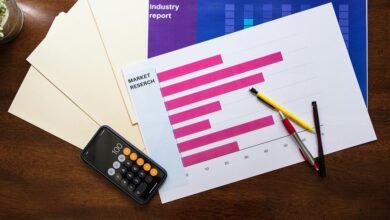2039288673 The Role of Call Timing in Response Likelihood

The timing of calls plays a significant role in determining response likelihood. Various factors influence this, including audience demographics, preferred call times, and seasonal variations. Research indicates that late mornings and weekends typically yield better engagement. Understanding these dynamics is essential for organizations aiming to optimize communication efforts. However, what specific strategies can be employed to align call schedules with audience behaviors? The answer may reveal deeper insights into effective outreach.
Understanding Call Timing Factors
How do various factors influence the timing of calls in relation to response likelihood?
Call duration and audience demographics play crucial roles. Shorter calls may yield higher response rates when targeted at specific demographics, as attentiveness varies.
Understanding the audience’s characteristics, including age and profession, enables more strategic timing, ultimately enhancing the chances of effective communication and engagement, thereby fostering greater freedom in outreach efforts.
Optimal Times for Making Calls
While the timing of calls can significantly impact their success, identifying optimal times requires careful analysis of audience behavior and preferences.
Research indicates that the best call times often align with peak hours when individuals are most receptive. Typically, late mornings and early evenings emerge as favorable periods, maximizing the likelihood of engagement and enhancing overall response rates in communication strategies.
The Impact of Day of the Week
The effectiveness of call timing extends beyond daily hours to include the specific day of the week.
Research indicates that weekend preferences often lead to higher engagement rates, as individuals relax from weekday habits.
Conversely, weekdays may exhibit lower response likelihood due to professional commitments.
Understanding these patterns allows for strategic adjustments in call schedules, enhancing overall communication efficacy and aligning with audience availability.
Seasonal Trends and Their Effects on Response Rates
Seasonal trends significantly influence response rates, with distinct variations observed across different times of the year.
During holiday seasons, response rates typically increase as individuals are more receptive due to festive moods.
Conversely, adverse weather conditions can hinder communication efforts, leading to decreased engagement.
Understanding these seasonal dynamics is essential for optimizing call timing strategies, thereby enhancing overall response likelihood.
Conclusion
In conclusion, strategically considering call timing is essential for maximizing response likelihood. By understanding optimal call periods, the influence of weekdays, and seasonal variations, organizations can significantly enhance engagement. As the saying goes, “timing is everything,” and the nuances of when to reach out can make all the difference between success and missed opportunities. Ultimately, a well-timed call not only fosters better communication but also builds stronger relationships with the audience, leading to lasting engagement.




